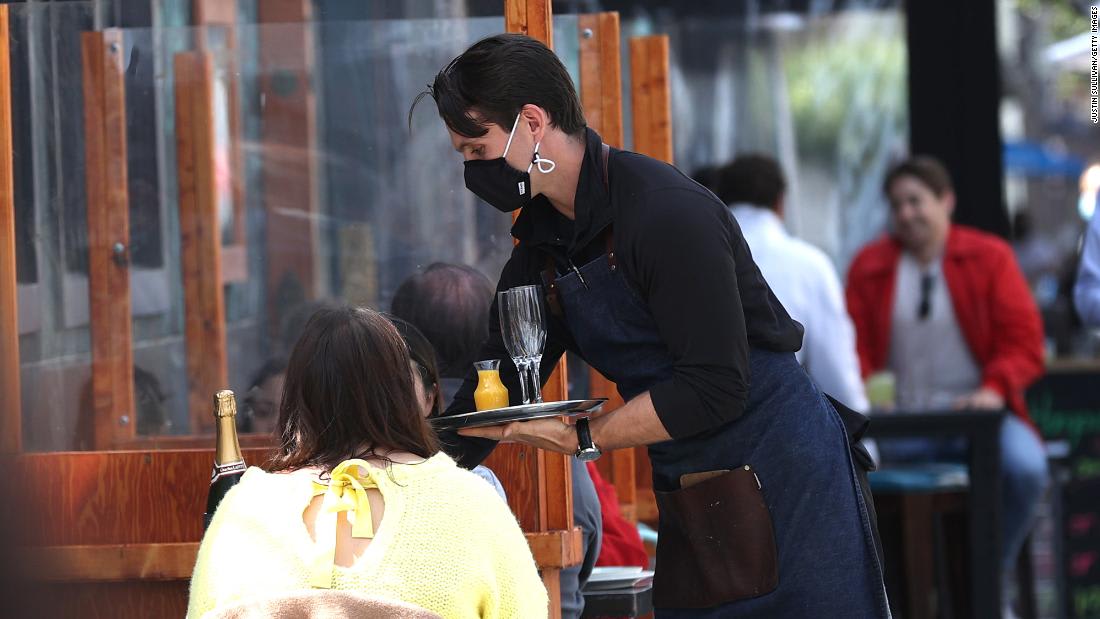Since the start of the Covid-19 pandemic, experts have said how crucial it is to reach some level of herd immunity. But now some say full herd immunity may not be necessary for life to look more normal.
Herd immunity, or as some experts now call it, “population” or “community” immunity, is when most of the population is immune to a particular disease, whether through natural infection or vaccination. When a population reaches this point, the virus has nowhere to go, and the disease fades away. Then even people who don’t have individual immunity are protected.
As with any disease, how many people need to be immune to provide community protection depends on how infectious it is. For Covid-19, experts think the magic number could be anywhere between 70 to 90% of a population immune to the virus. The world is nowhere near that level.
“Given where we are today, as we look around the United States and when we look around the globe, it just seems like that is not going to happen in the foreseeable future,” said Lauren Ancel Meyers, the director of the Covid-19 Modeling Consortium at the University of Texas at Austin.
It’s a good goal, Meyers said, but she ticks off a host of factors in this particular pandemic that suggest the odds are not in its favor:
- Vaccinating so many people would be nearly impossible.
- This particular virus spreads too rapidly.
- More contagious variants threaten to make vaccines less effective.
- There are entire countries and pockets of the US that have few fully vaccinated people.
- There are vaccine access and equity issues.
- Children are not yet vaccinated.
- About a quarter of the population is hesitant or unwilling to get vaccinated.
Read the full story:









